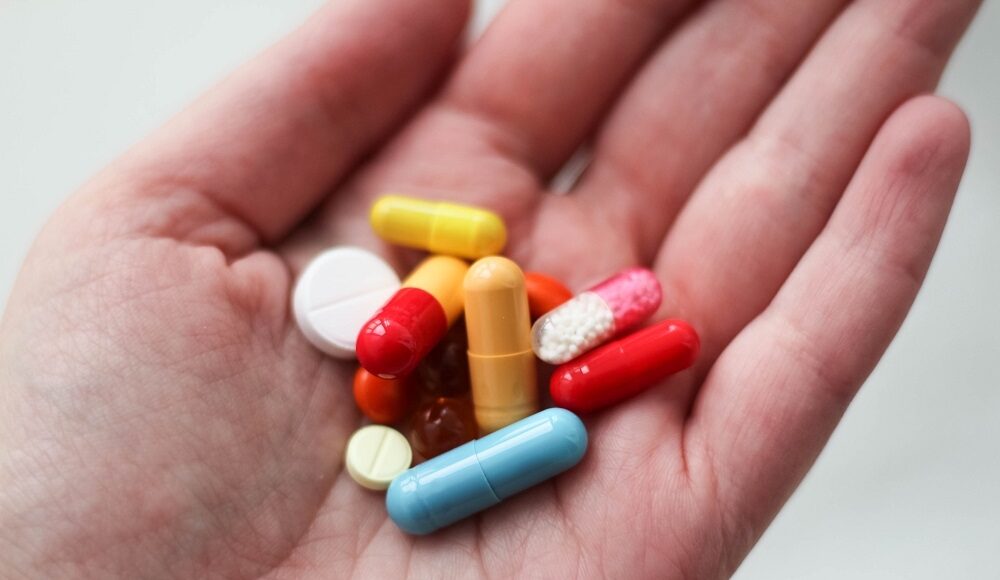MAY 5 — After years of public complaints about high medical costs, the Malaysian government has finally implemented the Medicine Price Transparency Mechanism in private healthcare by mandating that all private healthcare facilities and pharmacies display drug prices.
The move to contain medical costs is a step forward and it must not end there. It should include measures taken by pharmaceutical companies, wholesalers and insurance companies as well while addressing social and economic issues and educating the public about taking charge of their health.
The Price Control and Anti-Profiteering (Price Marking for Drug) Order 2025, effective May 1, requires all private healthcare providers and pharmacies to display the prices of medicines. Non-compliance may result in fines of up to RM50,000 for individuals and RM100,000 for corporate entities.
On the other hand, the private general practitioners (GP) consultation fees which had been capped at RM10 to RM35 and have not been reviewed in over three decades should also be addressed to ensure fair wages for the doctors and fair charges for patients.
The drug price display order was a dilution from the call for regulating the margin mark-up on single source medicine (only one supplier for the item) following industry pressure, a source told me.
This shows that resistance from the industry continues to pose a challenge and can impede access to treatment, universal health coverage, and disease elimination.
Despite it all, the price display order aligns with the World Health Organization’s (WHO) call for more transparency in medicine markets. In fact, Malaysia was a co-sponsor of the WHO’s 2019 resolution promoting this cause, although it was ultimately watered down.
After years of public complaints about high medical costs, the Malaysian government has finally implemented the Medicine Price Transparency Mechanism in private healthcare by mandating that all private healthcare facilities and pharmacies display drug prices. ― Unsplash pic
To understand what goes on behind the scenes, the story of hepatitis C drug access has shed some light to the broader commercial forces shaping global health and medical prices.
When sofosbuvir-based medicines were first introduced in the US in 2013, they promised a cure rate of over 90 per cent but came with a price tag exceeding US$90,000 per treatment. In Malaysia, that translated to RM350,000 then — comparable to the cost of a small apartment. Such pricing placed the drug out of reach for most patients, even in wealthier countries.
(In 2017, Malaysia invoked a compulsory license under the World Trade Organization’s TRIPS agreement to import generic versions of sofosbuvir, making the medicine more accessible.)
Pharmaceutical companies often justify high drug prices by citing the costs of research and development. However, a closer look at the development of sofosbuvir raises ethical questions.
According to a United Nations University International Institute for Global Health (UNU-IIGH) briefing paper released in January 2025, the drug originated from publicly-funded research in a university in the United States.
The discovery eventually led to a venture-backed company that was later acquired by a major pharmaceutical firm. Within three years of launching sofosbuvir-based medicines, the firm made immense profits, spending far more on shareholder buybacks than on further R&D.
Top executives — major shareholders themselves — reaped massive financial rewards. With billions in reserves, the company continued acquiring others, following a business model rooted in high pricing and profit maximisation.
The UNU-IIGH report criticised this trend of treating medicines as financial assets, often at the expense of equitable access and patients’ lives.
This model was also evident during the Covid-19 pandemic — pharmaceutical giants, supported by governments from high-income countries, dominated vaccine markets and resisted sharing technology to boost global supply and despite heavy public subsidies funding vaccine development, the profits largely flowed back to shareholders through extensive buyback programmes, said the report.
The international symposium “Strengthening Global Health Governance: Defending the Public Interest and Holding Powerful Private Actors (PPAs) Accountable” (April 22–24, 2025) recently raised the concern about PPAs’ growing concentration of wealth and power and its impact on shaping health policy and narratives that sometimes undermine public health, regulations and health outcomes.
The PPAs include large transnational corporations, private financial institutions, and private foundations
UNU-IIGH director Dr Revati Phalkey emphasised the urgency of the situation.
“While painful budget cuts are being made to the World Health Organization and many vital health programmes, private entities with commercial interests appear to be gaining more influence in the health sector. This raises urgent questions about accountability,” she said at the symposium, hosted by UNU-IIGH and the Third World Network.
The symposium, co-sponsored by WHO, Oxfam, and the University of Oslo’s Collective on the Political Determinants of Health and attended by some 100 global health thinkers from the academia, civil society, and the UN bodies in Kuala Lumpur, called for stronger mechanisms to hold private actors accountable.
“There’s a long history of public health having to contend with the politics of the world,” said UNU-IIGH research lead Professor Dr David McCoy in his introduction speech, referencing unethical practices such as misleading marketing of formula milk, abuse of patent laws to restrict medicine access, and denial of climate change science by fossil fuel companies.
Dr McCoy warned that the global health systems would become increasingly reliant on private funding as public institutions and intergovernmental bodies such as the WHO, face major funding cuts and there was a need for greater scrutiny.
Such a recommendation is useful for Malaysia where the government had increasingly relied on the private sector to fill the gaps. It is important to ensure all public-private partnerships are transparent, accountable, and serve the public interest.
Third World Network executive director Chee Yoke Ling explained that the symposium was not about hitting out against the private sector but challenged the way political and economic systems are structured and called for new rules and regulations to prioritise the rights and entitlements of all peoples.
The push for drug price transparency in private health facilities is welcome but there is also a need to hold PPAs accountable.
This is no easy feat.
A regional support could lend support. Malaysia holds the Asean Chairmanship for 2025. It may want to consider initiating the effort with other Asean states.
Governments, while setting an example themselves, must reclaim their role as protectors of public interest and in shaping health policy, or risk allowing powerful private actors to turn healthcare into a commodity, accessible only to those who can pay, instead of a basic right for all.
* Loh Foon Fong is an independent senior health journalist based in Kuala Lumpur. Like many Malaysians, she is also concerned about the high cost of medical treatments.
** This is the personal opinion of the writers or publication and does not necessarily represent the views of Malay Mail.





